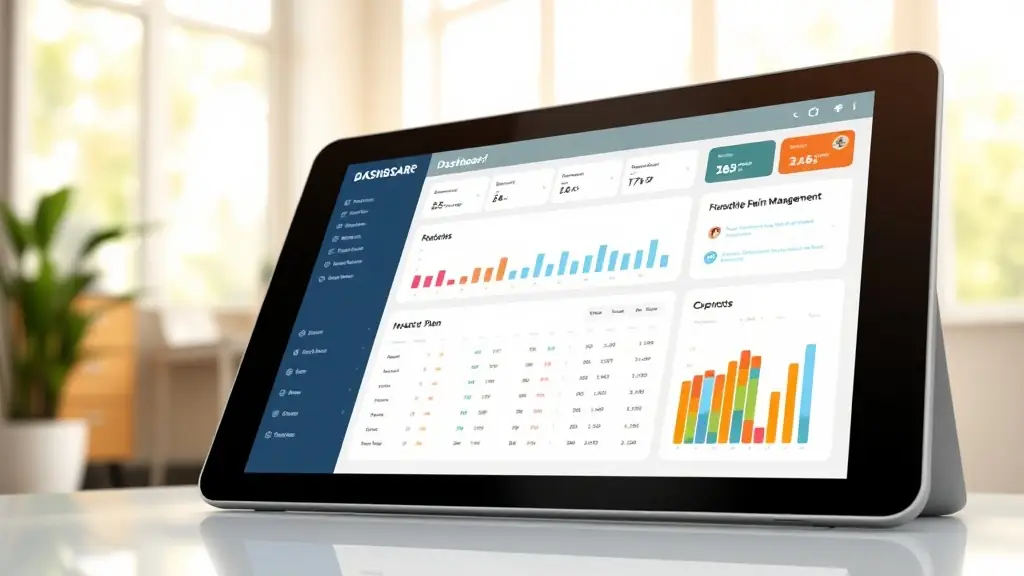Managing chronic pain requires a tailored approach that considers individual needs and circumstances. The first step in creating a personalized pain management plan is to identify the specific areas of discomfort and the triggers that exacerbate the pain. Utilizing tools like Airtable can help you track your symptoms and progress over time. By documenting your experiences, you can gain valuable insights into what works best for you.
Incorporating various strategies into your plan is essential for achieving optimal results. This may include using a massage gun, practicing mindfulness, and engaging in regular physical activity. Additionally, setting scheduled reminders can help you stay on track with your pain management routine. Consistency is key, and having a structured plan can make it easier to adhere to your goals.
Finally, it’s important to regularly assess and adjust your plan as needed. Pain management is not a one-size-fits-all solution, and what works for one person may not work for another. By remaining flexible and open to change, you can find the most effective strategies for managing your chronic pain and improving your quality of life.

